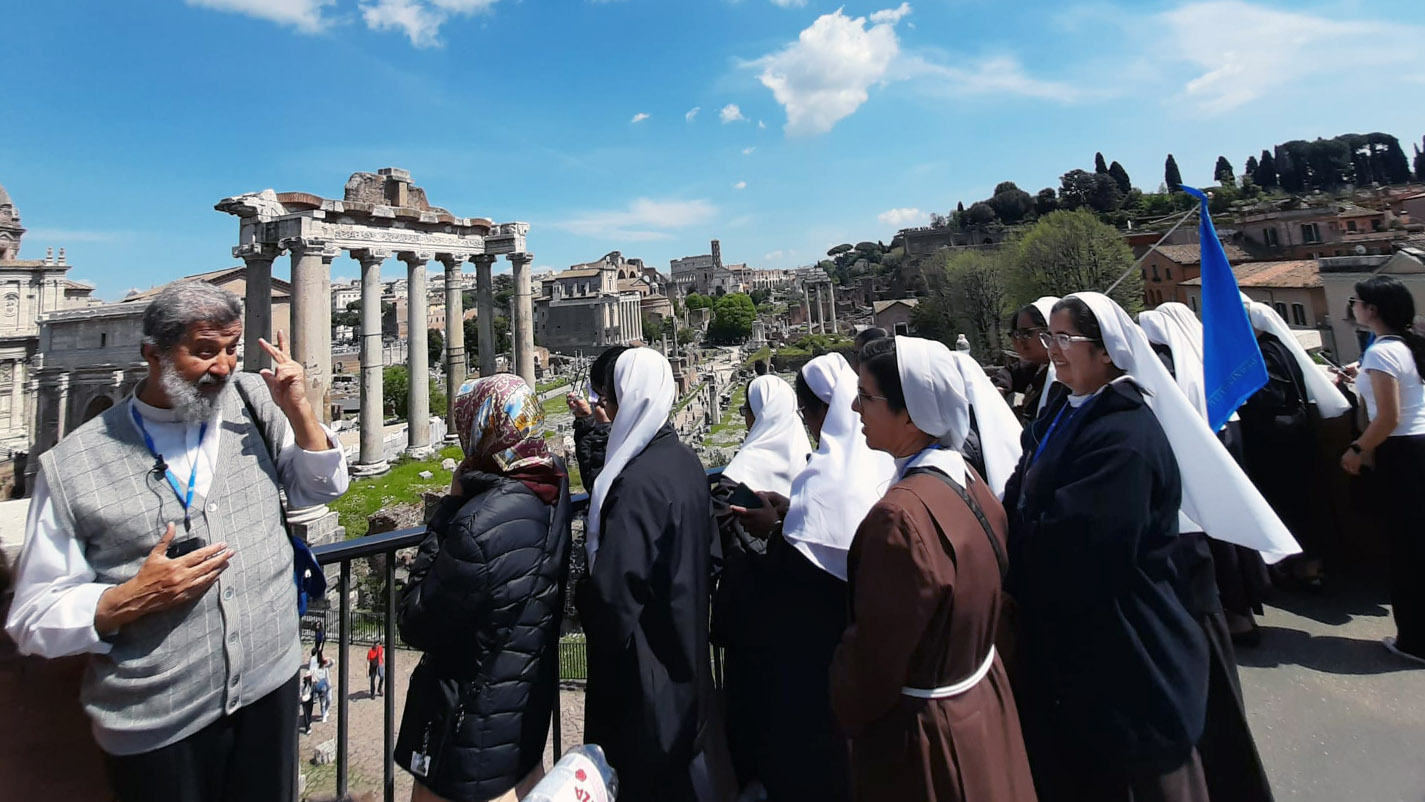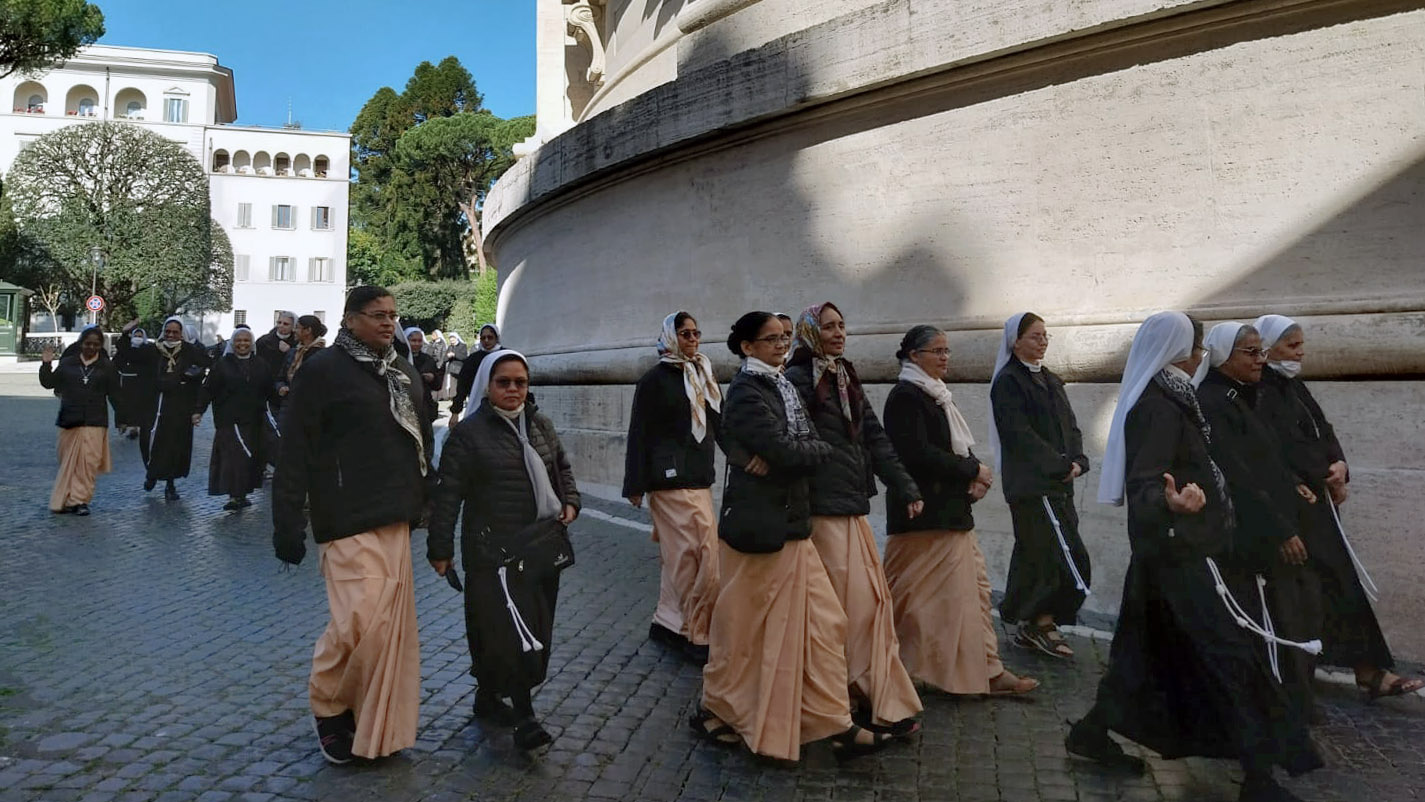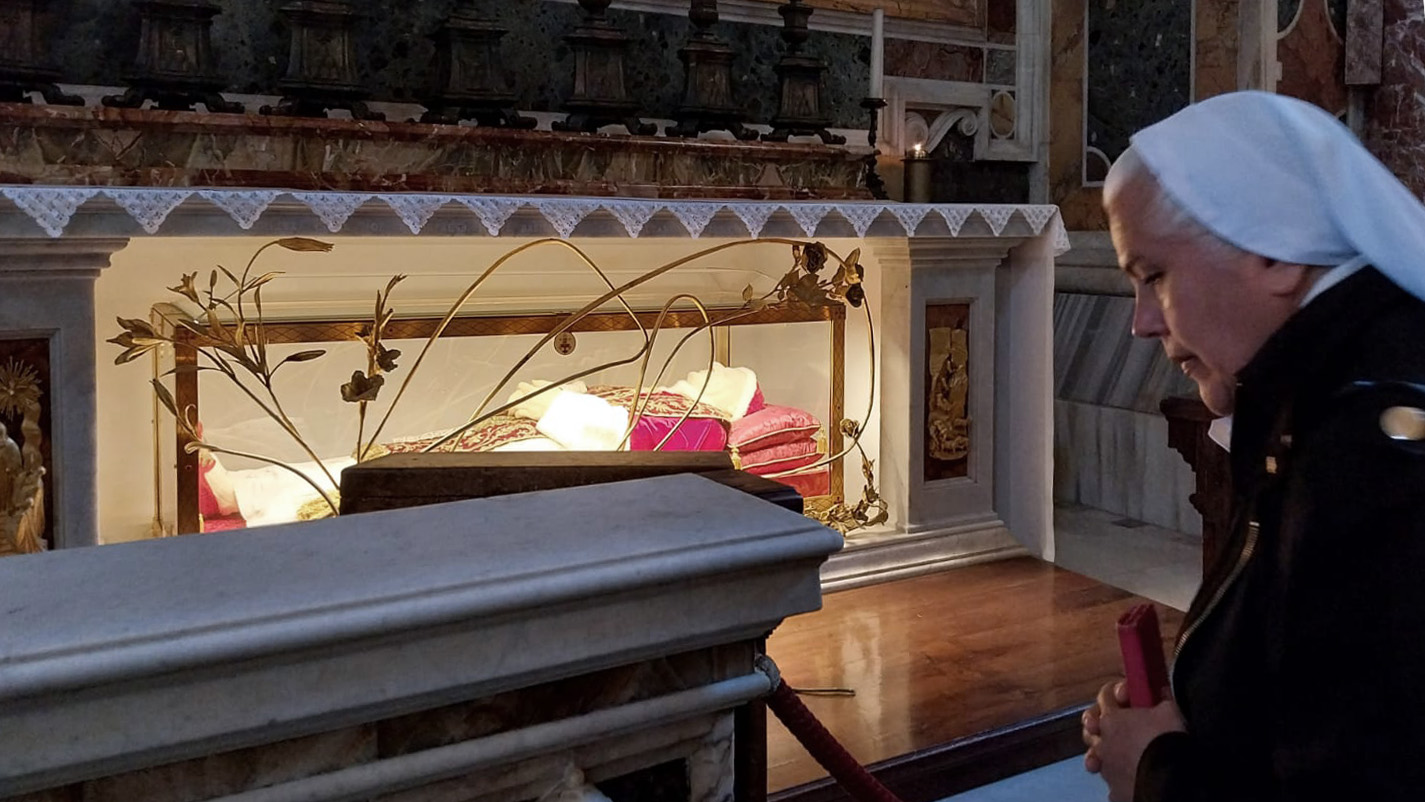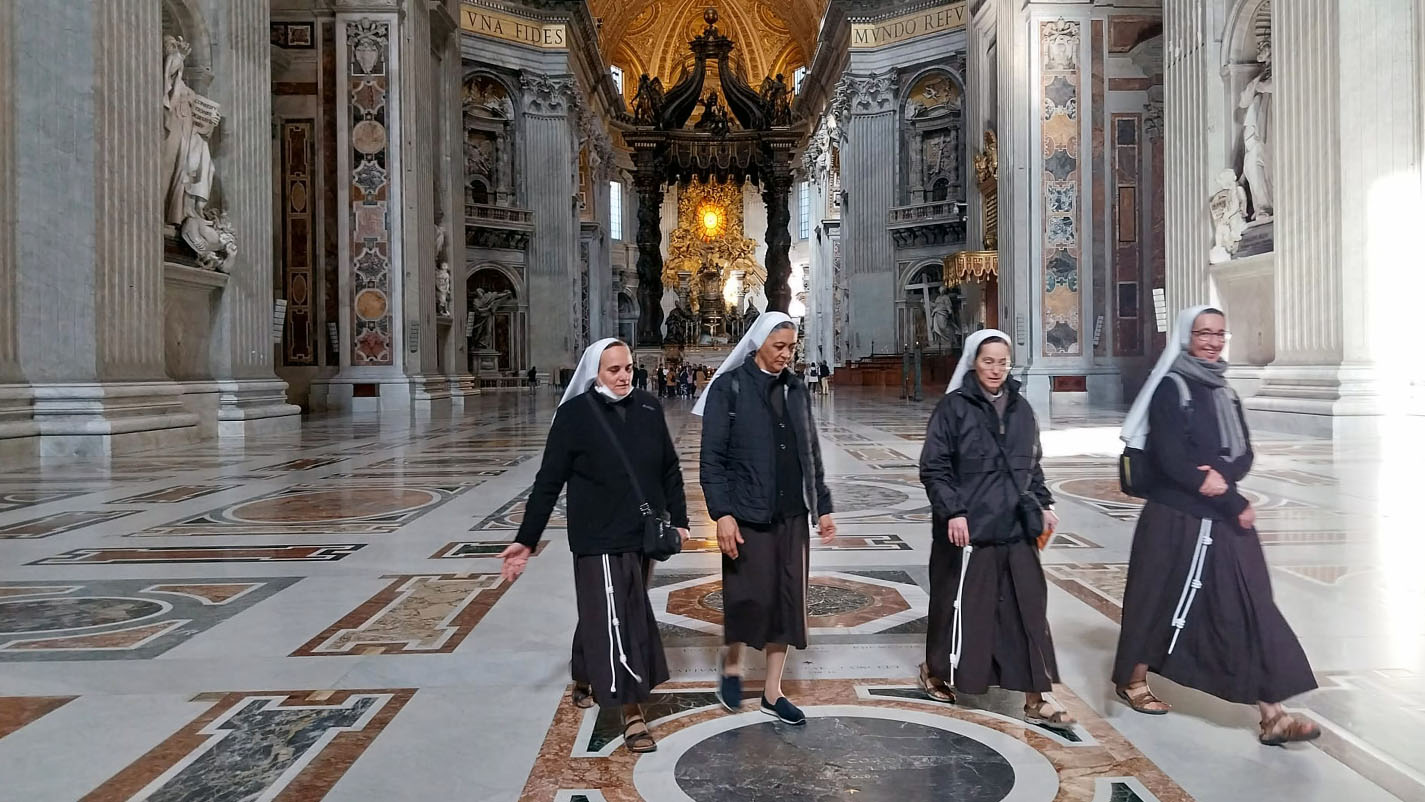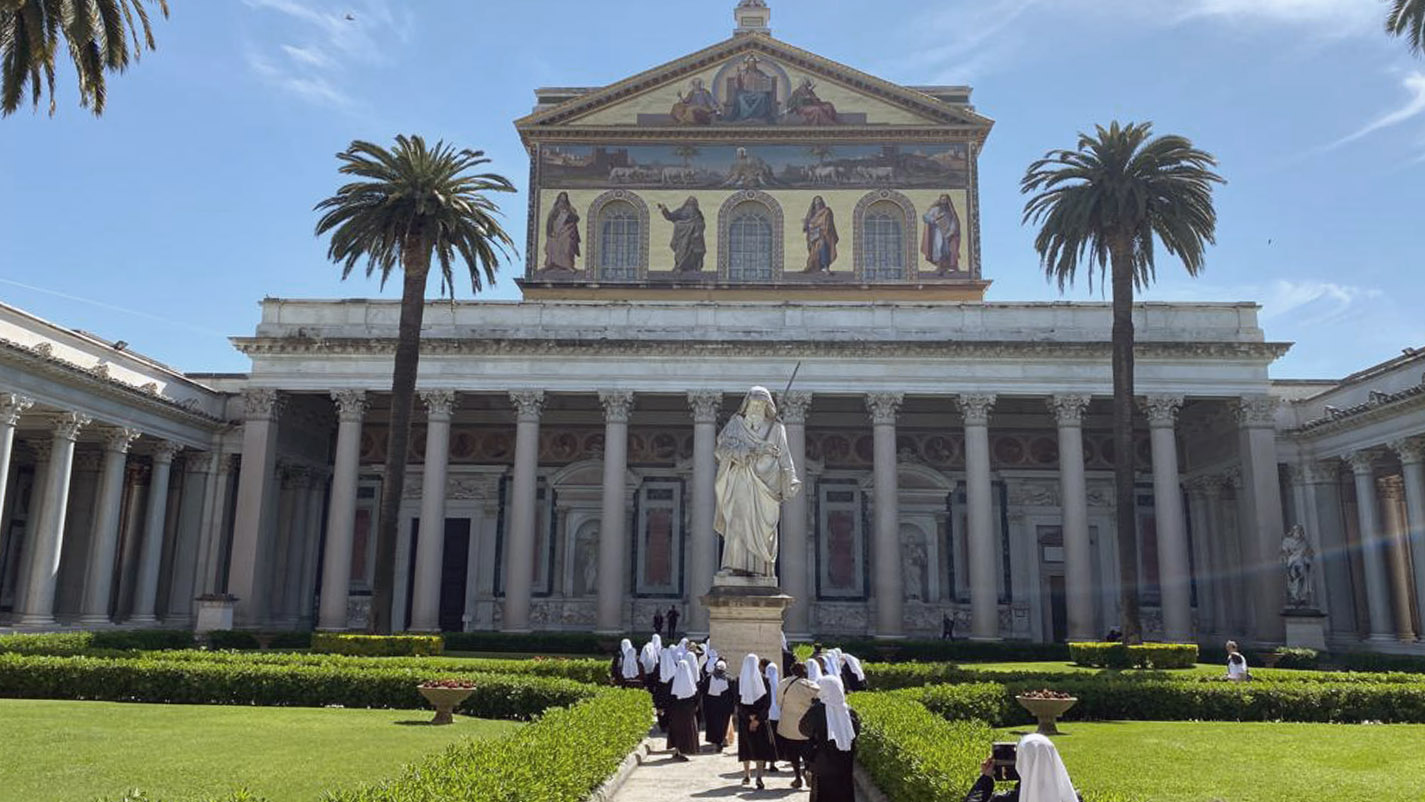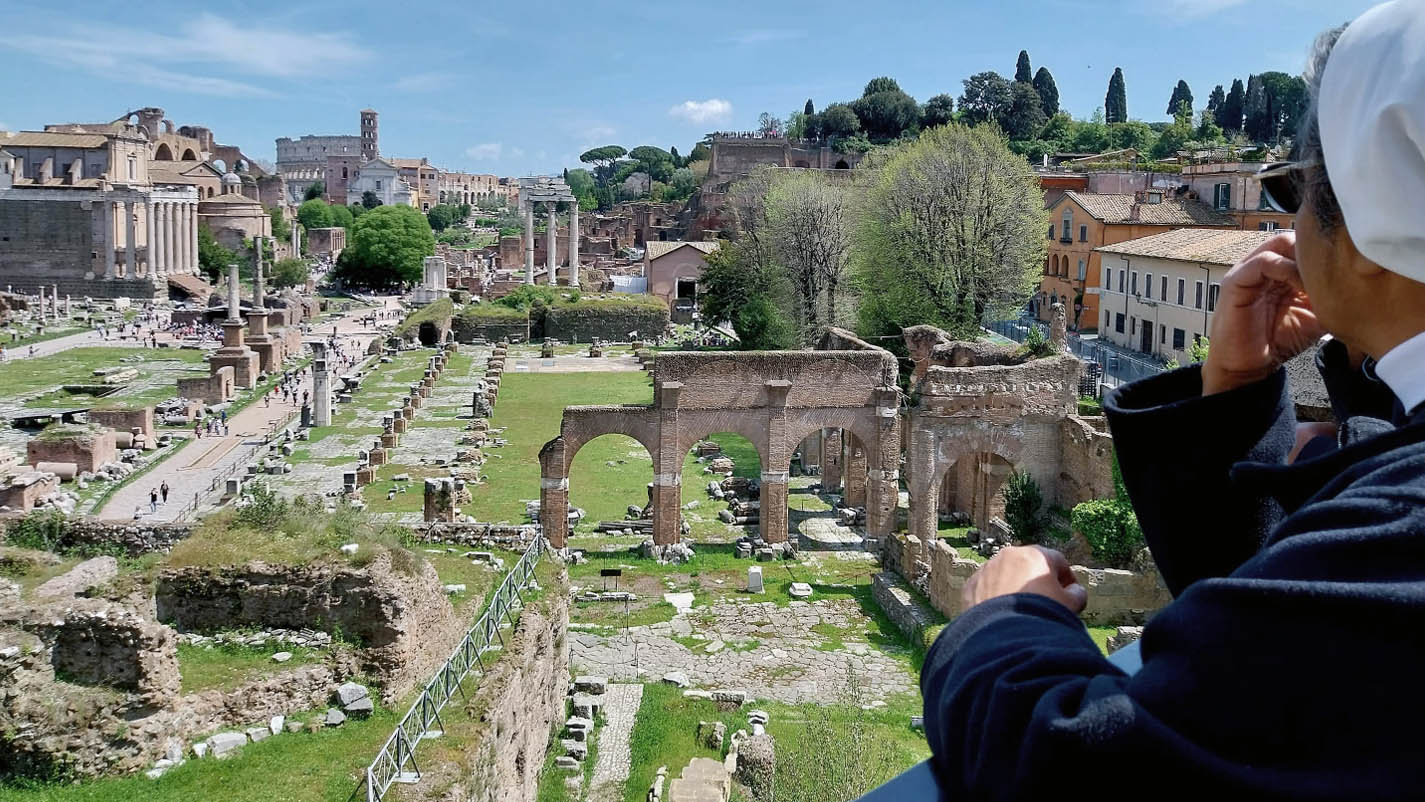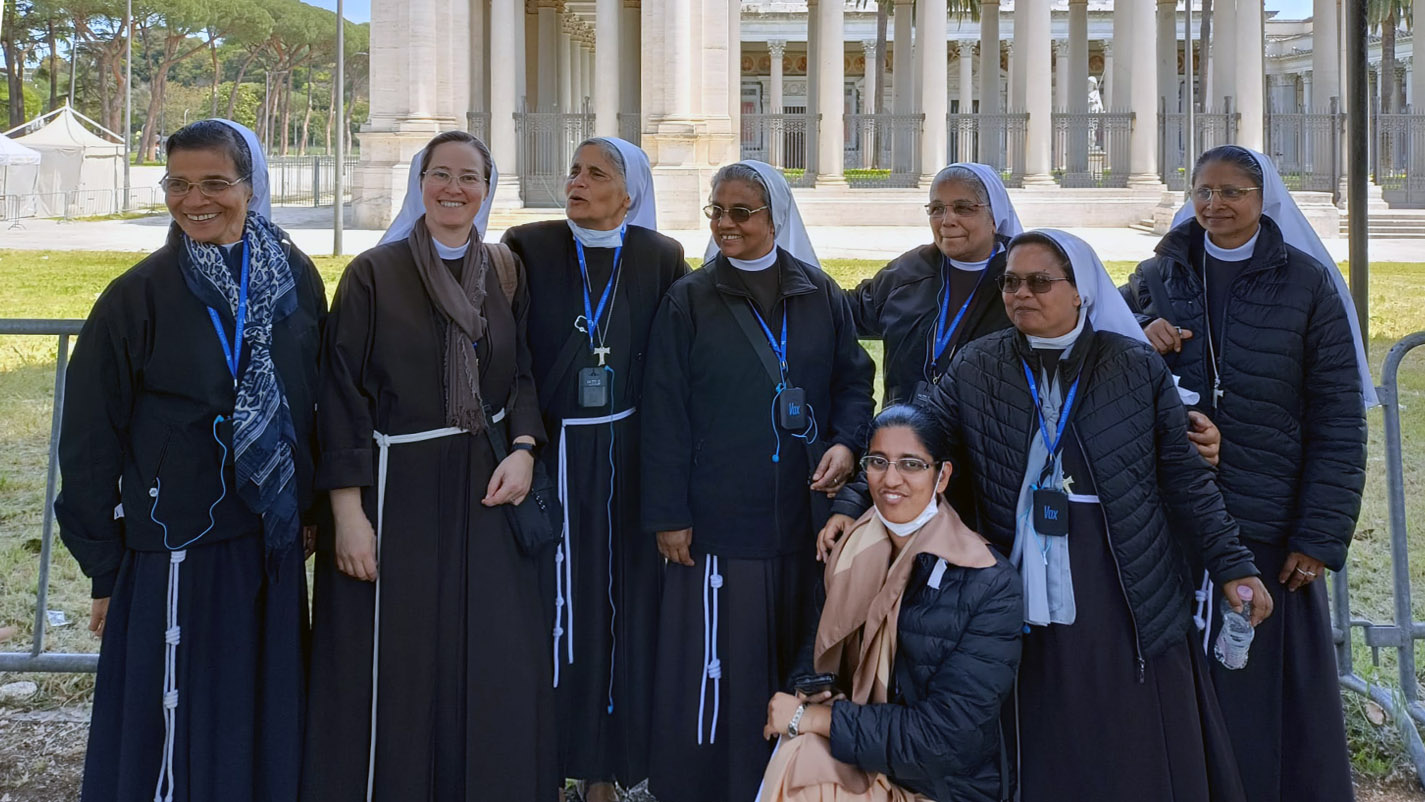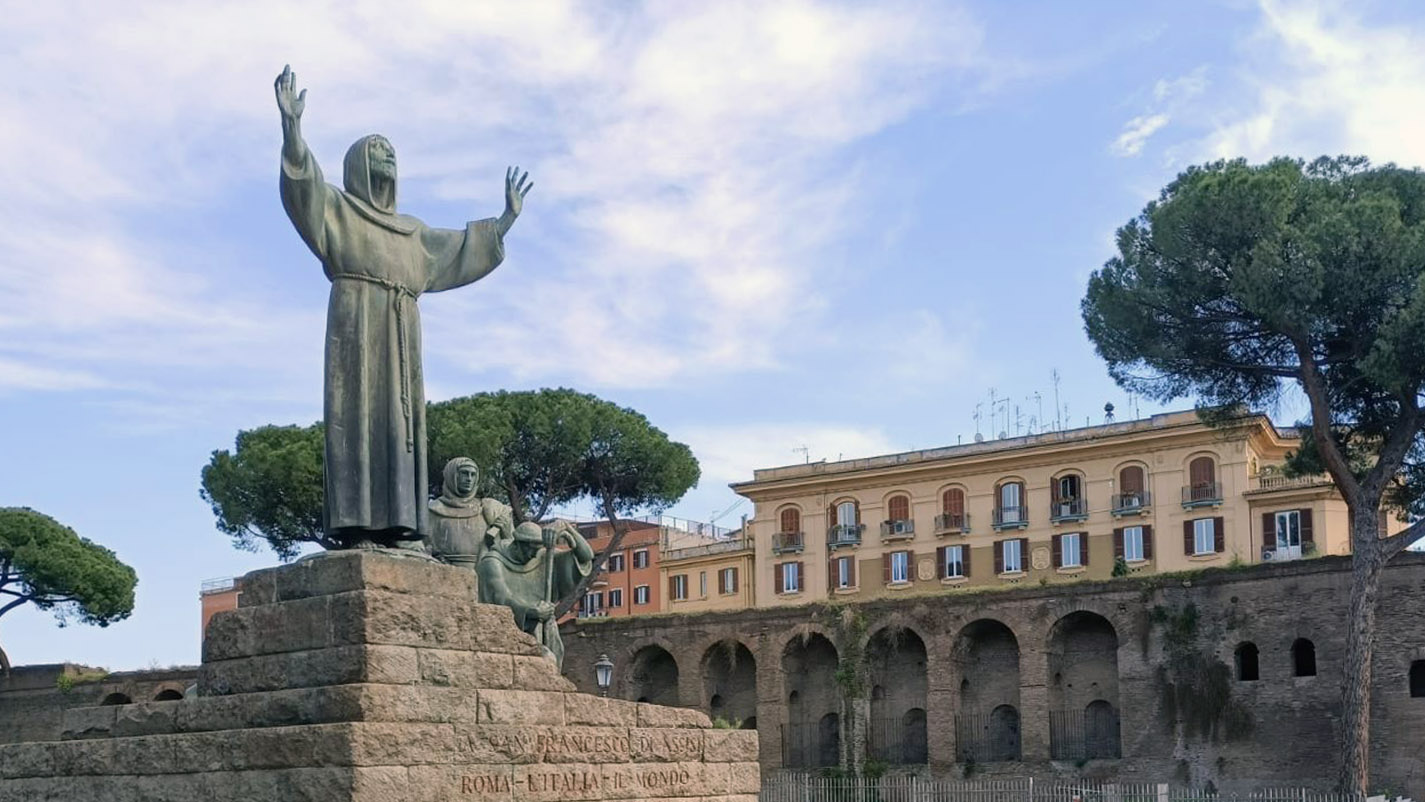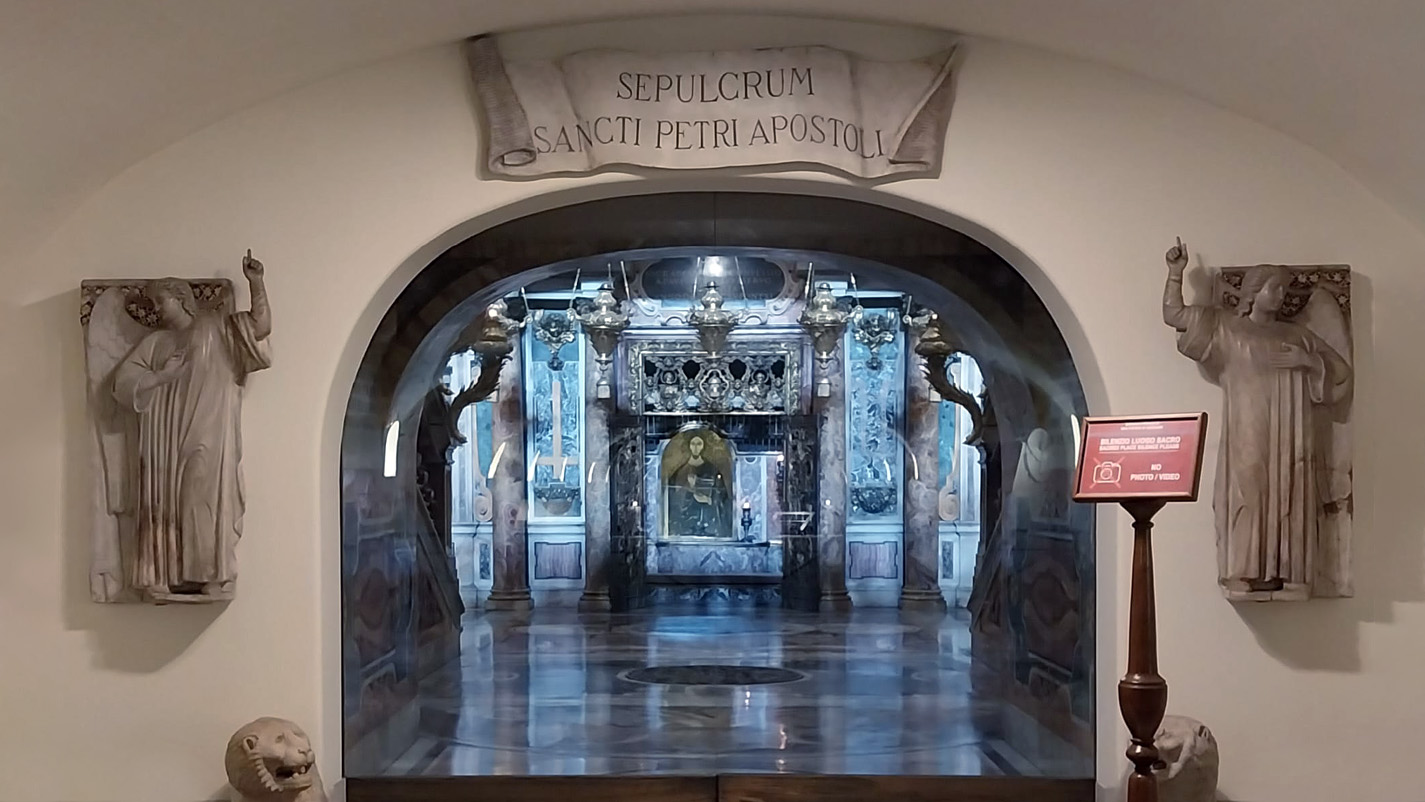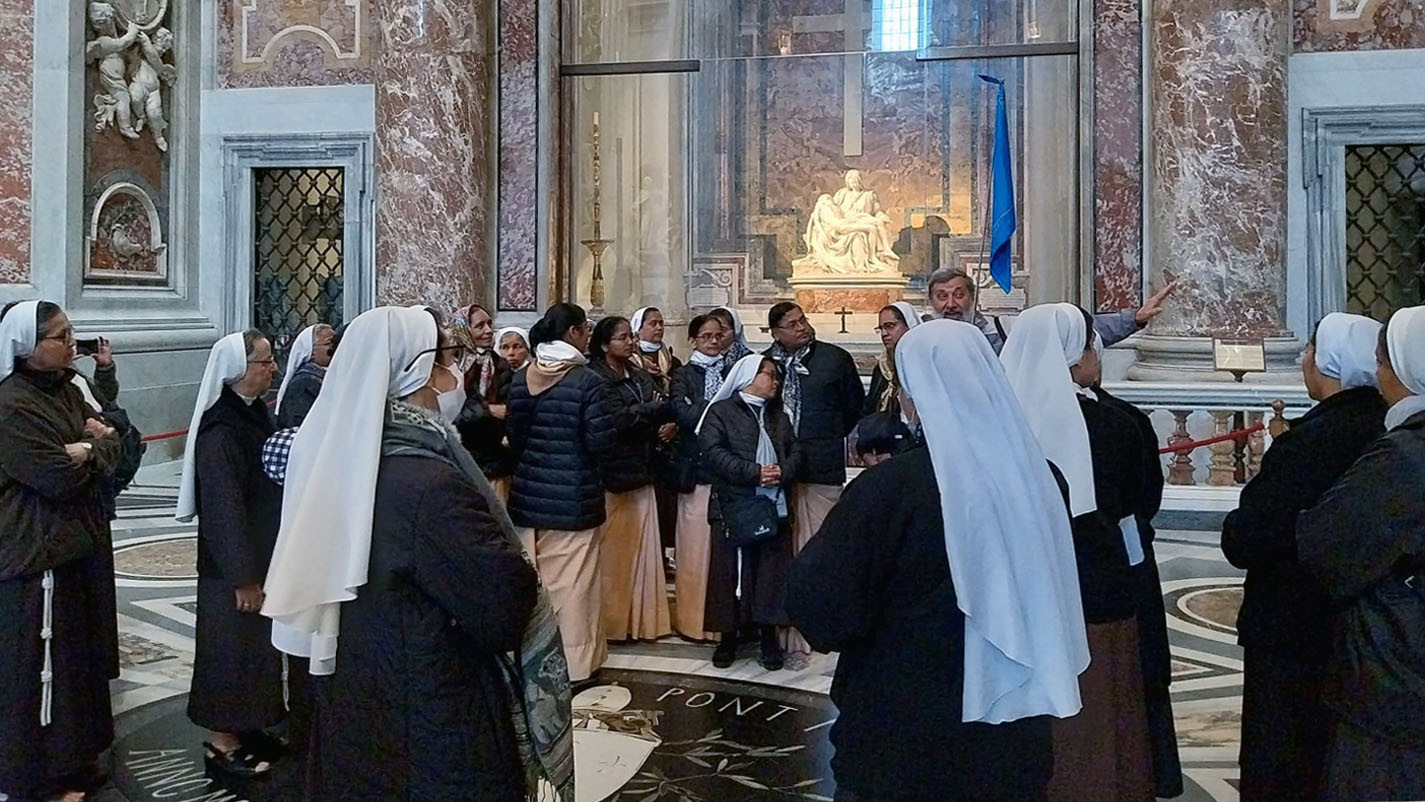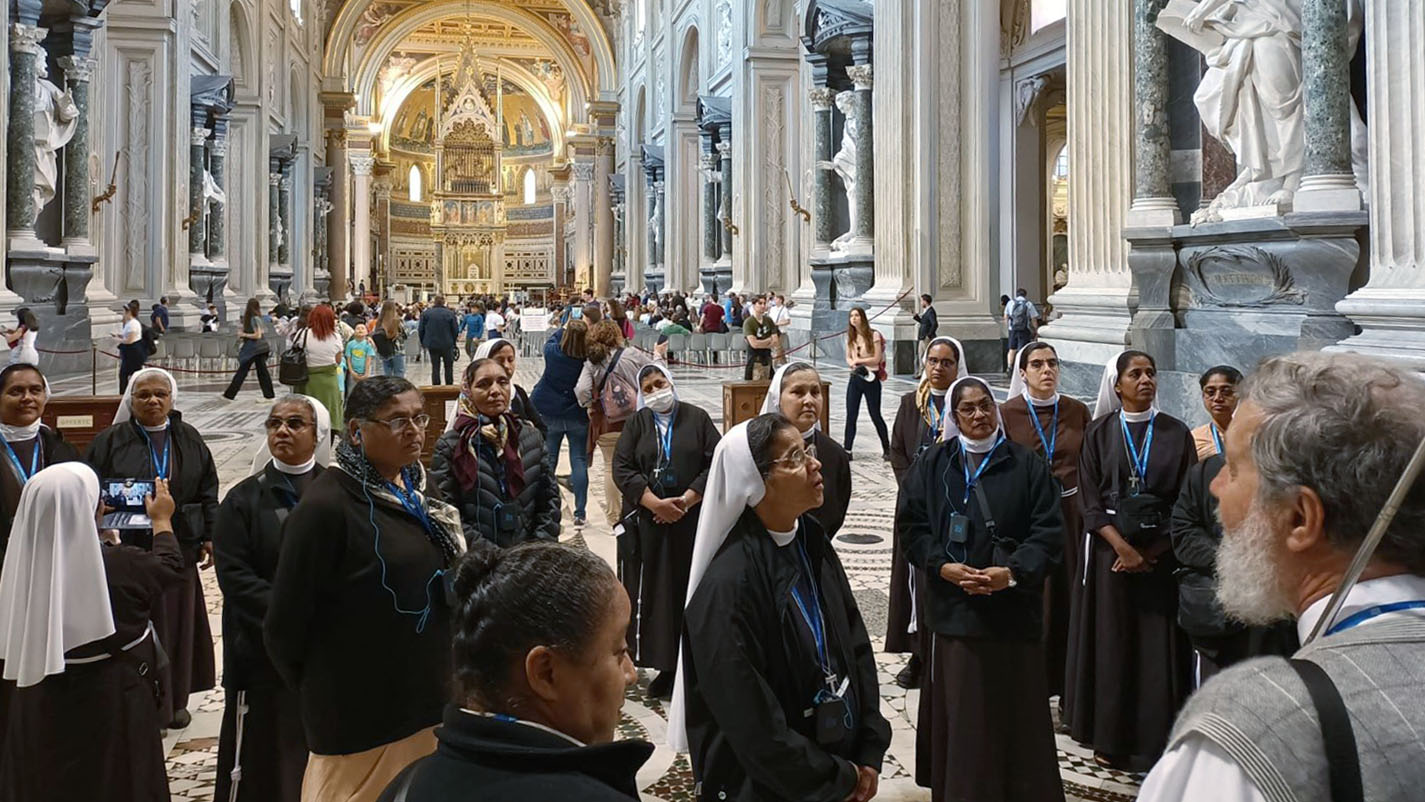We met at the Generalate in Rome, as we gathered from different places, to celebrate the General Chapter XVII in the days that lie ahead. We wish to walk together, to listen to each other, to recognize each other as women who share the same spirituality and charism, but who have to walk together to reorganize our life as CFMSS.
The best exercise for this purpose was to go on a pilgrimage together – a pilgrimage that introduced us to the path of simplicity, evangelical detachment and an authentic search for the will of God. We chose to follow the route of the four papal basilicas of Rome: St. Peter’s Basilica, St. Paul’s Basilica Outside the Walls, St. John Lateran and St. Mary Major. We went on a fraternal pilgrimage, taking out time for our inner growth and to contemplate the artistic and cultural beauty of the city.
W
e began our journey from the tomb of St. Peter, located in the Vatican Grottos, under the papal altar of St. Peter’s Basilica. Mons. José Rodríguez Carballo ofm, Secretary of the Congregation for Institutes of Consecrated Life and Societies of Apostolic Life (CIVSCA) celebrated the Holy Eucharist for us in the chapel facing the tomb of St. Peter.
We then went to the Basilica of St. Paul Outside the Walls erected in the fourth century AD, the burial place of the apostle St. Paul. It is the second largest basilica after St. Peter’s Basilica.
In the afternoon, we walked through the remains of the historic Roman Empire at Roman Forum and Campidoglio. The next destination was the Archbasilica of the Saviour and Saints John the Baptist and John the Evangelist, better known as the Basilica of St. John Lateran. It is the cathedral of the Diocese of Rome, therefore the episcopal seat of the Bishop of Rome, i.e. Pope Francis. As the oldest church in the world, it receives the title of “Head and Mother” of all churches.
We then continued our pilgrimage to the Basilica of Santa Maria Maggiore. It is the first Christian church in the world that was dedicated to the Virgin, and its origin dates back to the Council of Ephesus in the year 431 AD where it was proclaimed that the Virgin could be properly called “Mother of God”. The iconography of the Church is linked to this theme of the divine motherhood of Mary. We prayed the Rosary here in the various languages of the Institute, remembering each sister in our prayers.
Jesus urges us to walk together in a synodal way. He invites us to sit together at the table of the Kingdom and share the joy of fraternity. This calls for setting out on a journey. This journey will become a reality during the General Chapter which is a journey where the miracle of listening happens and where we find meaning in our consecrated life.
The great protagonist must be the Holy Spirit
so that the Charism may shine
as it did at the birth of the Institute.
Let the Spirit act and
the One who renews the earth will renew your Institute,
because he will renew the heart of each sister”.
(Msgr. José Rodríguez Carballo ofm to the CFMSS)
